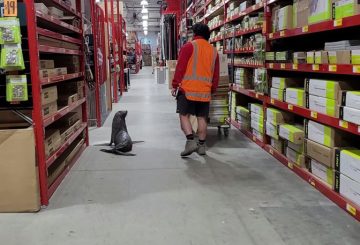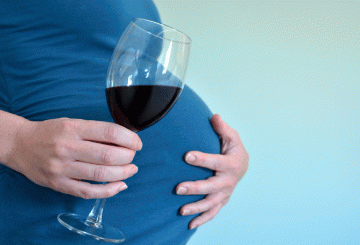뉴질랜드의 총기 등록부는 오늘 10,000번째 면허 소지자의 등록을 통해 중요한 이정표를 세웠습니다.현재 등록에는 총 47,162개의 총기를 등록한 10,044명의 면허 소지자의 데이터가 보관되어 있습니다.이는 면허 소지자 한 명당 평균 4.7개의 총기에 해당합니다.
불과 3개월 전에 시작된 이 제도는 이미 뉴질랜드의 234,335명의 현역 총기 면허 소지자 중 약 5% 를 차지하고 있습니다.아오테아로아 전역의 면허 총기 소유자들의 긍정적인 반응은 칭찬할 만합니다.
총기 안전 당국인 Te Tari Pūreke의 사무국장인 Angela Brazier는 총기 등록소의 핵심 목표는 범죄자의 총기 접근을 제한하여 지역 사회의 안전을 강화하는 것이라고 강조했습니다.면허를 취득한 모든 개인은 등록부에 총기 세부 정보를 제공하고 정확성을 유지해야 합니다.시스템 업데이트가 필요한 경우에는 면허 소지자의 세부 정보 변경, 총기 구매 또는 판매, 분실 또는 도난 총기 신고 등이 있습니다.그러나 그러한 촉발 사건이 없는 경우 면허 소지자는 2028년 8월 31일까지 등록해야 합니다.
Brazier씨는 지금까지 등록해 주신 모든 분들께 감사를 표하고 다른 분들께도 이에 따를 것을 촉구했습니다.그녀는 완전한 등록이 이루어지면 뉴질랜드에서 합법적으로 소유된 모든 총기를 포괄적으로 볼 수 있어 총기 거래의 투명성이 보장되고 암시장에 진출하기가 더 어려워질 것이라고 강조했습니다.
이 이니셔티브는 범죄자에게 총기가 유입되는 것을 막는 것뿐만 아니라 조직 범죄 조직과 갱단을 대상으로 하는 다른 치안 전략과도 연계하기 위한 것입니다.이러한 전략들이 합쳐져 힘을 합치면 범죄자들이 총기를 구입하고 사용하는 것이 점점 더 어려워져 더 안전한 지역사회가 보장될 것입니다.등록부는 범죄자로부터 압수되었거나 범죄 현장에서 발견된 총기의 출처를 추적하는 데도 도움이 될 것입니다.






























































